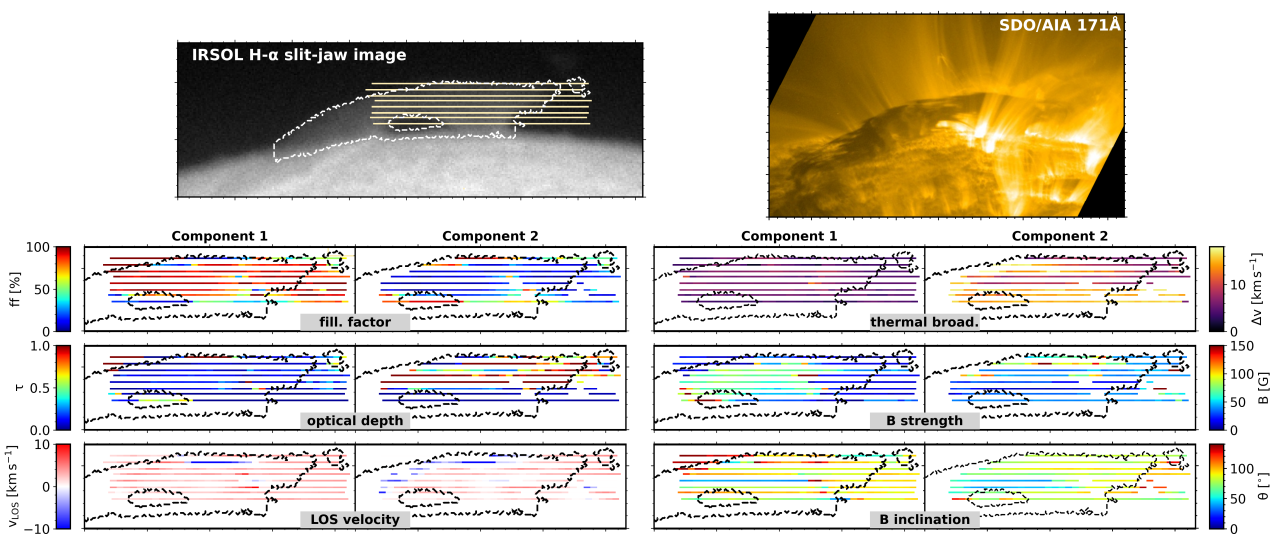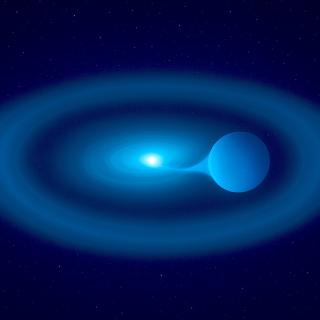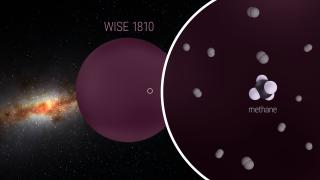Understanding the magnetic field in the corona is key for explaining the fascinating physical processes occurring there. However, the extreme conditions in the outer solar atmosphere hamper the possibility of acquiring observations with enough quality to infer the coronal magnetic field. Analyzing observations of overdensities of cold plasma supported by coronal magnetic fields, including filaments and prominences, allows us to understand such magnetic fields and their interaction with plasma.
In this study, we have analyzed an active region prominence, a type of prominence that has barely been investigated. In particular, we used spectropolarimetric observations at high polarimetric sensitivity in the He I D3 multiplet taken with the ZIMPOL-3 instrument at the IRSOL observatory (Switzerland).
The quality of our observations has enabled us to detect an impressive diversity of physical conditions in the prominence. Applying the HAZEL code developed by the Solar Physics group at the IAC, we found that the profiles observed in the prominence can be described by assuming two magnetic components with drastically different thermal broadenings, depending their properties on the limb distance. Thus, close to the solar limb, both components have a similar presence and show line-of-sight velocities of 1-3 km s-1 and mostly horizontal magnetic fields of ~30 G. In contrast, at 10”-40” from the solar limb, the properties of the prominence are given by a major component hosting line-of-sight velocities below 3 km s-1 and rather horizontal magnetic fields of 20-80 G. Despite its scarce contribution far from the limb, the presence of the minor component is also necessary because its larger thermal broadening helps explain features of the observed profiles. We found moreover imprints of particular events in the prominence, such as potentially supersonic blueshifts and a possible twist close to the foot.



